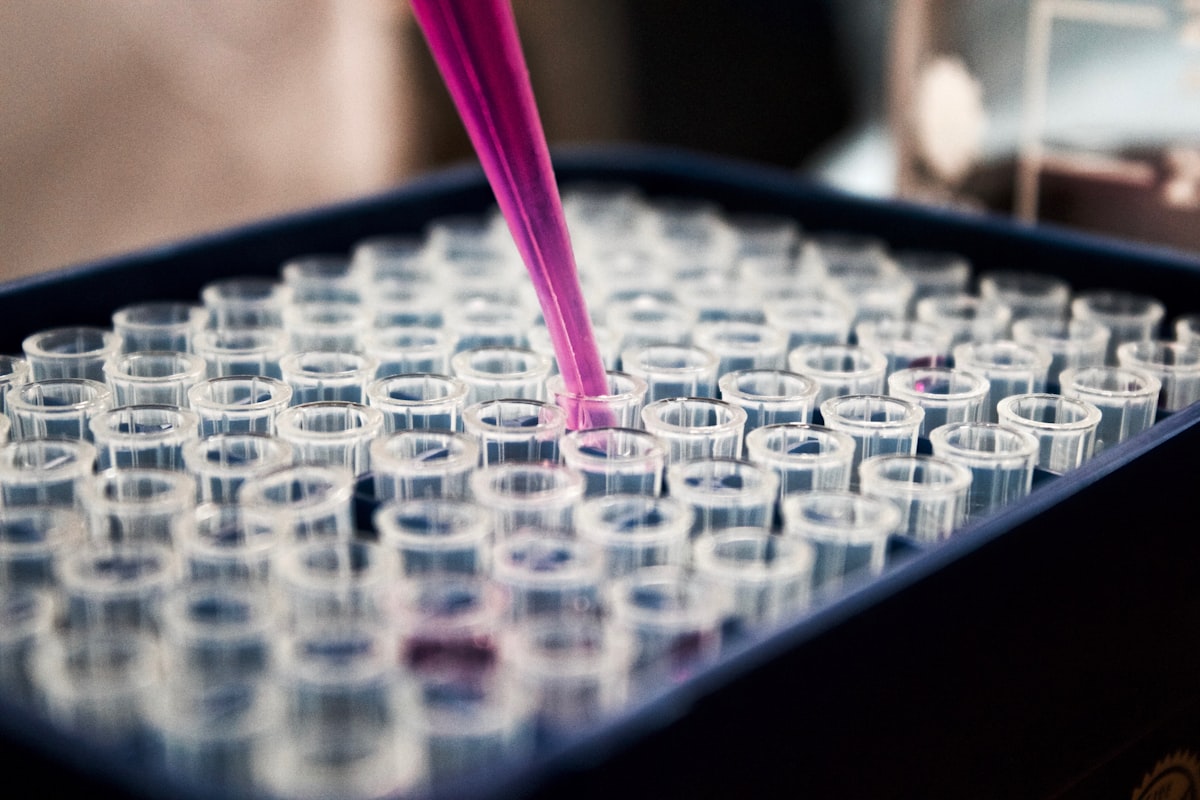University research advances in the search for cancer drugs
Bioluminescence is used to understand tumor development. Artificially formed organs in the laboratory are used to evaluate drugs. Both works are in the preclinical phase.

Specialists from the Institute of Biotechnology (IBt) of the UNAM (Morelos campus) are replicating a chemical reaction that produces light, known as bioluminescence, which occurs naturally in fireflies and some fish, squid, jellyfish, shrimp, and even bacteria, to study diseases such as cancer.
"Bioluminescence refers to the production of light by living organisms, it is generated by a chemical reaction carried out by an enzyme called luciferase, which uses luciferin as a substrate and together with oxygen and the ATP molecule, there is light emission. We take advantage of this phenomenon to monitor and understand the development of tumors, to find drugs that can prevent their growth," reported IBt researcher Celina García Meléndrez.
The study has been developed and evaluated by the research group of the Institute's Department of Developmental Genetics and Molecular Physiology, using transgenic mice, that is, genetically modified to have the luciferase enzyme in their cells; the luciferin is then administered and the animals emit light, which is observed through special equipment.
For the rodent to enter the "In-Vivo Xtreme" equipment at the National Laboratory of Advanced Microscopy of the UNAM, it must be anesthetized; with the help of specific computer software, the scientists observe the bioluminescence in the animal's image and detect cell growth by measuring the intensity of light reflected by some colors of the rainbow.
At the end of the study, said the member of the Laboratory on Cellular Plasticity, the animal wakes up after the anesthetic and continues with its normal life. She affirmed that it is a beneficial technology because it allows using the same mouse for a long time, that is to say, it helps to reduce the number of specimens used for different scientific studies.
"Without a doubt, bioluminescence is a powerful tool in research, because it contributes to solving health problems in our population and allows us to better understand the complexity of the processes involved in a living organism, which is not fully understood only by analyzing only cells in culture," she said.
It is worth mentioning that in 2010 the WHO, the International Agency for Research on Cancer, and the International Union Against Cancer established February 4 as World Cancer Day, to promote prevention and timely detection of the disease to reduce the number of deaths from this cause.
Promising methodology
In the Laboratory on Cellular Plasticity of the IBt's Department of Developmental Genetics and Molecular Physiology, another methodology is being used to continue exploring the development of cancer and to find new low-cost and accessible treatments.
"The latest in the study of cancer and other diseases is to try to develop in vitro systems aimed at generating organoids, which are organs artificially formed in a laboratory and which allow, in a shorter time, to make drug evaluations, for example; in this way, the use of animals is reduced to a minimum and the evaluation time of a potential anticancer is shortened," emphasized UNAM IBt researcher Luis Fernando Covarrubias Robles.
Recently, scientific publications, such as the journal Cell Stem Cell, describe the formation of structures similar to miniature organs (organoids) that grow and interact with their environment just as they would in the body of a living being. This methodology is considered one of the most interesting and promising at present.
"At the moment we are already developing intestinal organoids in our laboratory and with this first step, we hope to later initiate a carcinogenic process that will allow us not only to study the tumor as such but also to learn about the origins of cancer," said the head of the research group.
Having an organoid, he added, the transition from the in vitro system to the mouse will shorten the number of times that tests have to be carried out to modify drug doses, find the appropriate administration, and thus fight cancer. The work developed by the university students is in the preclinical phase, that is, it has not yet been tested on humans and is not yet approved for use.




